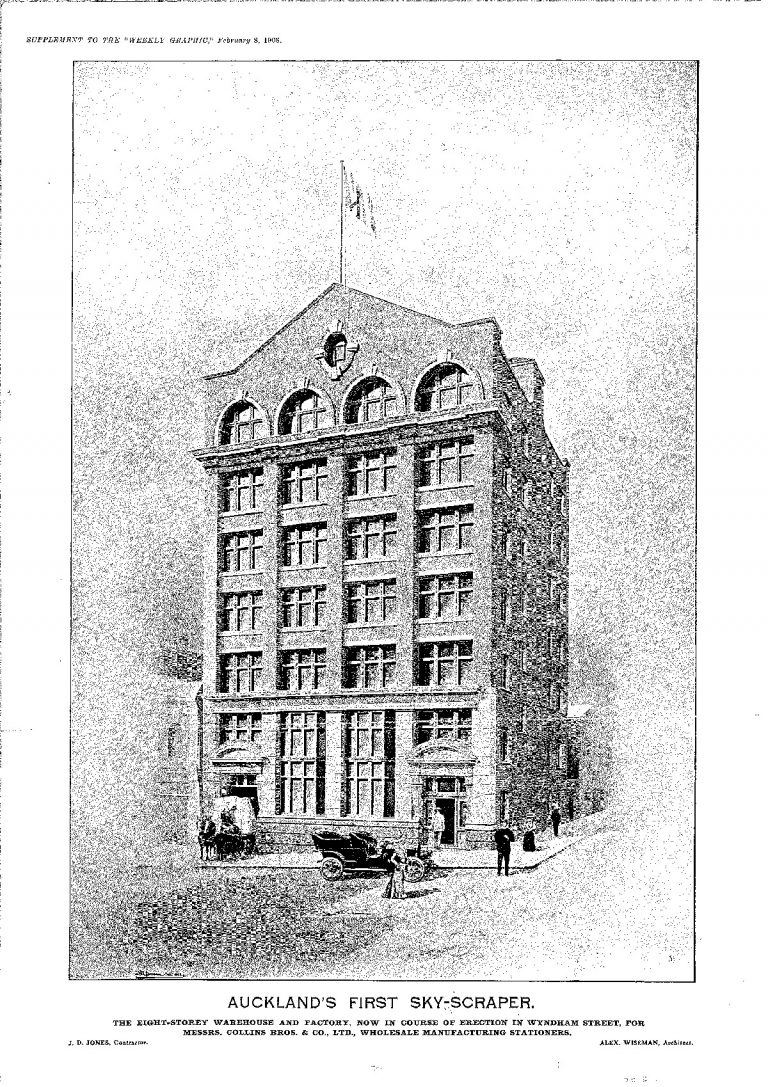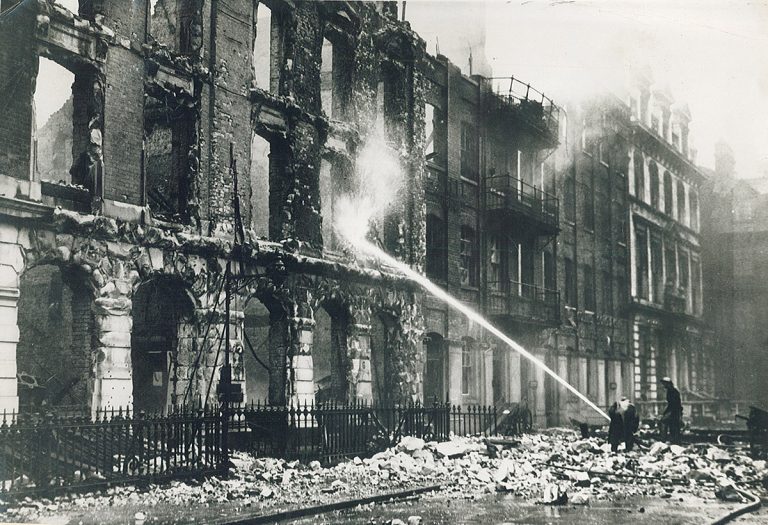The Steam-Powered Press
For years, the Harper brothers relied on a white draft horse named Dobbin, who plodded a circular path in the basement of their offices, turning a wooden shaft that powered the Treadwell hand press two floors above, until new technology sent him out to pasture. More














